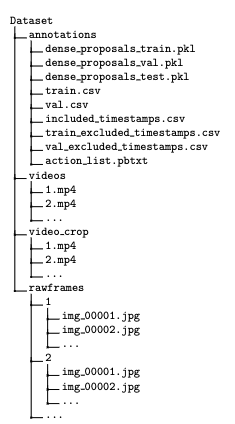Xcode8已经发布,带了Swift3的预览版本,以后都是默认采用Swift3的语法。
这个例子主要是演示iOS中如何用纯代码实现自动布局,先看看效果。
还是先创建程序入口文件main.swift:
import UIKit let argc = Process.argc let argv = UnsafeMutablePointer<UnsafeMutablePointer<CChar>>(Process.unsafeArgv) UIApplicationMain(argc,argv,NsstringFromClass(MainApp),NsstringFromClass(MainAppDelegate))
import UIKit
class MainApp: UIApplication {
override func sendEvent(_ event: UIEvent) {
super.sendEvent(event)
}
}
class MainAppDelegate: UIResponder,UIApplicationDelegate {
var window: UIWindow?
func application(_ app: UIApplication,didFinishLaunchingWithOptions opt: [NSObject: AnyObject]?) -> Bool {
self.window = UIWindow(frame: UIScreen.main().bounds)
self.window!.rootViewController = UINavigationController(rootViewController:MainViewController())
self.window!.backgroundColor = UIColor.white()
self.window!.makeKeyAndVisible()
return true
}
}
然后创建视图控制器ViewController.swift,在这里实现自动布局:
import UIKit
class MainViewController: UIViewController {
var label0_: UILabel!
var label1_: UILabel!
var label2_: UILabel!
override func viewDidLoad() {
super.viewDidLoad()
self.title = "主视图"
self.label0_ = {
let label = UILabel()
label.textAlignment = .center
label.text = "Hello,AutoLayout!"
return label
}()
self.label1_ = {
let label = UILabel()
label.textColor = UIColor.red()
label.textAlignment = .center
label.text = "=== 你好,AutoLayout! ==="
return label
}()
self.label2_ = {
let label = UILabel()
label.textColor = UIColor.blue()
label.textAlignment = .center
label.text = "=== 底部 ==="
return label
}()
self.view.addSubview(self.label0_)
self.view.addSubview(self.label1_)
self.view.addSubview(self.label2_)
self.view.setupAutoLayout {
return (
layputs: [
("H:|-(20)-[label0]-20-|",[]),("H:|-(20)-[label1]-20-|",("H:|-(20)-[label2]-20-|",("V:|[topGuide]-(0)-[label0(20)]-20-[label1(20)]-(>=0)-[label2]-[bottomGuide]|",[])
],viewsMap: [
"topGuide": self.topLayoutGuide,"bottomGuide": self.bottomLayoutGuide,"label0": self.label0_,"label1": self.label1_,"label2": self.label2_
]
)
}
}
}
其中self.view.setupAutoLayout是针对UIView类型作的扩展:
extension UIView {
func setupAutoLayout(closure: () -> (layouts: [(String,NSLayoutFormatOptions)],viewsMap: [String:AnyObject]) ) {
let (viewsLayouts,viewsMap) = closure()
// 采用自动布局
for view in viewsMap.values {
if let v = view as? UIView {
v.translatesAutoresizingMaskIntoConstraints = false
}
}
// 添加自动布局规则
for layout in viewsLayouts {
self.addConstraints(
NSLayoutConstraint.constraints(
withVisualFormat: layout.0,options: layout.1,metrics: nil,views: viewsMap
)
)
}
}
}
完成。






